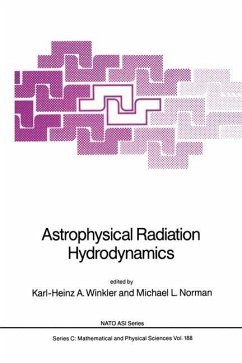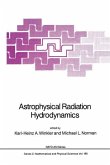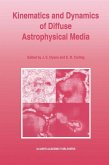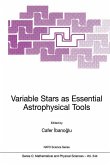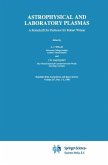This NATO Advanced Research Workshop was devoted to the pre sentation, evaluation, and critical discussion of numerical methods in nonrelativistic and relativistic hydrodynamics, radia tive transfer, and radiation-coupled hydrodynamics. The unifying theme of the lectures was the successful application of these methods to challenging problems in astrophysics. The workshop was subdivided into 3 somewhat independent topics, each with their own subtheme. Under the heading radiation hydrodynamics were brought together context, theory, methodology, and application of radia tive transfer and radiation hydrodynamics in astrophysics. The intimate coupling between astronomy and radiation physics was underscored by examples from past and present research. Frame-dependence of both the equation of transfer (plus moments) and the underlying radiation quantities was discussed and clarified. Limiting regimes in radiation-coupled flow were identified and described; the dynamic diffusion regime received special emphasis. Numerical methods for continuum and line transfer equations in a given background were presented. Two examples of methods for computing dynamically coupled radia tion/matter fields were given. In l-d and assuming LTE the complete equations of radiation hydrodynamics can be solved with current computers. Such is not the case in 2- or 3-d, which were identified as target areas for research. The use of flux-limiters was vigorously discussed in this connection, and enlivened the meeting.

